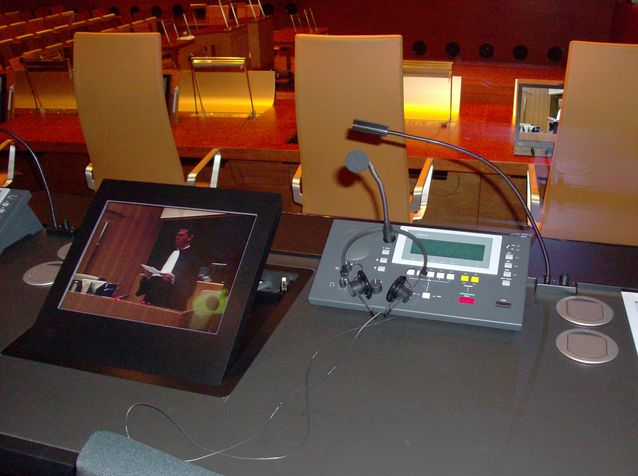Erja Tenhonen-Lightfoot
Erja Aulikki Tenhonen-Lightfoot
Born 8.12.1960, Tohmajärvi
Näyttötutkintomestari (Course for those working with competence-based qualifications) 2011, Hame University of Applied Sciences
Conference interpreter 1997, University of Turku
Licentiate (applied linguistics) 1993, University of Vaasa
Master of Arts (translation and interpreting) 1988, University of Joensuu
University teacher of interpretation 2011–, University of Helsinki
Part-time teacher of interpreting and translation 1997–2011, University of Helsinki
Chief examiner of competence-based qualifications for community interpreters 2010–, Amiedu/ Tampere Adult Education Centre
Lecturer of interpretation 2003–06, University of Helsinki/ Palmenia
Coordinator of the project Passiivisuomi 1995–96, University of Helsinki/ Vantaa Institute for Continuing Education
Project researcher in applied linguistics 1990–92, Academy of Finland/ University of Vaasa
Entrepreneur 2002–, Sanas interpreting services
Freelance legal interpreter in district courts and courts of appeal 2002–
Entrepreneur and coordinating interpreter 1998–2002, Cross Border Communications Oy
Freelance conference interpreter in every organ of the EU
Photo: Johanna Hirvonen
Written by Tomas Sjöblom
Translated by Matthew Billington

